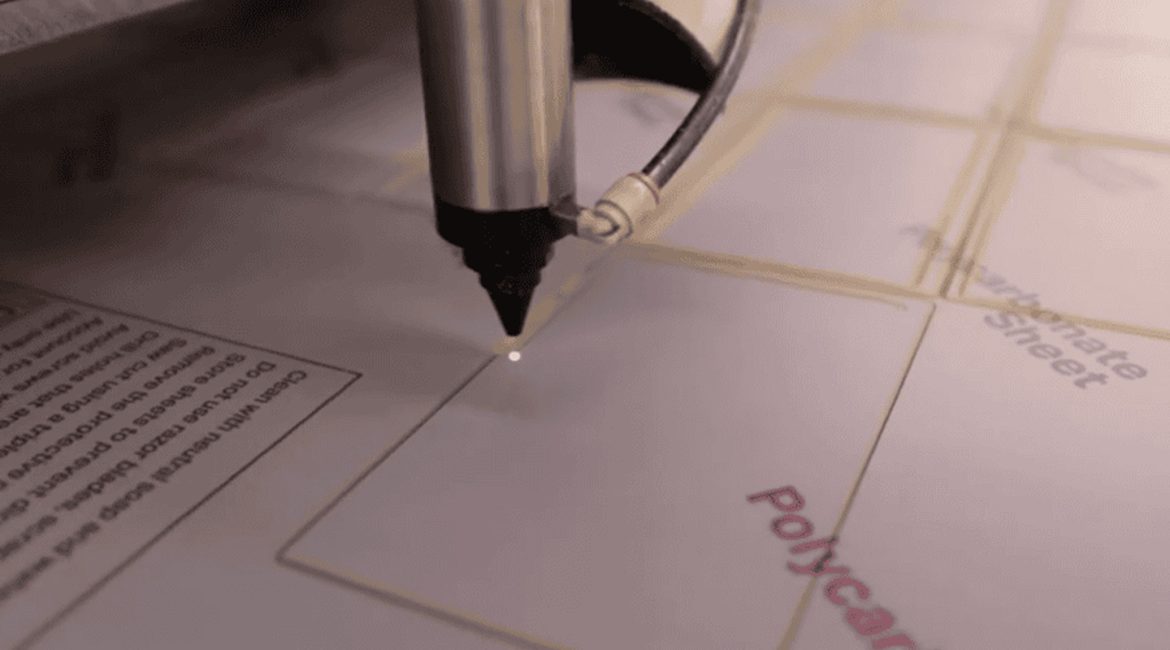Modern industrial surface cleaning is dominated by three technologies: Laser cleaning, sandblasting, and dry ice blasting. They operate on different principles, each with its own strengths, to meet a wide range of needs from high-precision cleaning to heavy-duty contaminant removal.
The Core Principles of Cleaning Technologies
The key difference among these three techniques lies in how they remove contaminants:
Laser Cleaning: Laser cleaning employs a high-energy laser beam to irradiate contaminants, causing them to instantly evaporate or sublimate. This is a non-contact, non-abrasive method. Furthermore, it allows precise cleaning by adjusting parameters, without damaging the underlying substrate.
Sandblasting: Sandblasting uses compressed air to propel abrasive particles (such as sand or aluminum oxide) at high speed against a surface. This physical abrasion scrapes away coatings and grime. While it’s highly efficient, it is also highly abrasive, and it can roughen or damage surfaces.
Dry Ice Blasting: Dry ice blasting projects solid carbon dioxide (CO2) pellets at high speed. The extremely low temperature of the dry ice creates thermal shock, causing contaminants to contract and loosen. Subsequently, the dry ice sublimates and expands, generating a lifting force. This method is non-abrasive and produces no secondary waste.
Advantages, Disadvantages, and Applications
The choice of which method to use depends on your requirements for precision, material protection, and waste management:
Laser Cleaning: Precision and Environmental Friendliness
- Advantages: Non-damaging to substrates, no consumables required, no secondary waste produced, extremely high precision, increasingly portable equipment.
- Disadvantages: High initial equipment cost, requires good ventilation.
- Applications: Metal rust removal, historical artifact restoration, electronic components, aerospace precision parts (suitable for applications requiring high precision and non-destructive cleaning).
Sandblasting: King of Heavy-Duty Decontamination
- Advantages: Extremely efficient for removing heavy rust and coatings, relatively low cost, can roughen surfaces to promote subsequent coating adhesion.
- Disadvantages: High abrasiveness, can damage sensitive surfaces, produces large amounts of secondary waste, noisy.
- Applications: Heavy machinery structures, bridge pipelines, concrete, ship rust removal (suitable for robust materials that can tolerate abrasion).
Dry Ice Blasting: Gentle and Clean Pioneer
- Advantages: Non-abrasive, no secondary waste (dry ice sublimates), effective at removing organic residues (grease, oil), easy to operate on-site.
- Disadvantages: Requires a continuous supply of dry ice, less effective than sandblasting for extremely heavy rust.
- Applications: Food and beverage production lines (without shutdown and disassembly), electronic precision molds, sensitive material cleaning (suitable for scenarios requiring gentle, clean processing).
In conclusion, Laser cleaning strives for precise, non-destructive results. – Sandblasting aims for powerful efficiency, while dry ice blasting pursues clean, gentle treatment. Understanding their principles and limitations can help you find the most suitable cleaning solution for a specific task.

